-
Executive Summary
-
Scope of the Report
-
Market Definition
-
Scope of the Study
- Definition
- Assumptions
- Limitations
-
Research Objective
-
Research
- Primary Research
- Secondary Research
-
Process
-
Market
-
Size Estimation
-
Forecast Model
-
Market Landscape
-
Porter’s
- Threat of New Entrants
- Bargaining Power
- Threat of Substitutes
- Segment Rivalry
-
Five Forces Analysis
-
of Buyers
-
Bargaining Power of Buyers
-
Value Chain/Supply Chain Analysis
-
Market
-
Dynamics
-
Introduction
-
Market Drivers
-
Market Restraints
-
Market Opportunities
-
Market Trends
-
Aircraft Seals Market,
-
by Seal Type
-
Introduction
-
Dynamic
- Market Estimates
- Market Estimates & Forecast, by Region,
- Contact Seal
- Clearance Seal
-
& Forecast, 2020-2030
-
Static
- Market Estimates & Forecast, 2020-2030
- Market Estimates &
- O-Rings & Gasket
- Other Seals
-
Forecast, by Region, 2020-2030
-
Estimates & Forecast, 2020-2030
-
by Region, 2020-2030
-
Forecast, 2020-2030
-
Aircraft Seals Market, by Material
-
Introduction
-
Composites
- Market Estimates & Forecast, 2020-2030
- Market Estimates &
-
Forecast, by Region, 2020-2030
-
Polymers
- Market Estimates &
- Market Estimates & Forecast, by Region, 2020-2030
-
Forecast, 2020-2030
-
Metals
- Market Estimates & Forecast, 2020-2030
- Market
-
Estimates & Forecast, by Region, 2020-2030
-
Aircraft Seals Market, by
-
Application
-
Introduction
-
Engine
- Market Estimates
- Market Estimates & Forecast, by Region,
-
& Forecast, 2020-2030
-
Airframe
- Market Estimates & Forecast, 2020-2030
- Market Estimates & Forecast, by Region, 2020-2030
-
Flight Control
- Market Estimates & Forecast, 2020-2030
- Market Estimates
-
System
-
& Forecast, by Region, 2020-2030
-
Landing Gear
- Market Estimates
- Market Estimates & Forecast, by Region,
-
& Forecast, 2020-2030
-
Wheels & Brakes
- Market Estimates & Forecast,
- Market Estimates & Forecast, by Region, 2020-2030
- Market Estimates & Forecast, 2020-2030
- Market Estimates
-
Others
-
& Forecast, by Region, 2020-2030
-
Aircraft Seals Market, by Vendor
-
Introduction
-
OEM
- Market Estimates & Forecast, 2020-2030
- Market Estimates & Forecast, by Region, 2020-2030
-
Aftermarket
- Market Estimates & Forecast, 2020-2030
- Market Estimates &
-
Forecast, by Region, 2020-2030
-
Aircraft Seals Market, by Platform
-
Introduction
-
Commercial
- Market Estimates & Forecast, 2020-2030
- Market Estimates & Forecast, by Region, 2020-2030
-
Military
- Market Estimates & Forecast, 2020-2030
- Market Estimates &
-
Forecast, by Region, 2020-2030
-
Aircraft Seals Market, by Aircraft Seal Type
-
Introduction
-
Fixed Wing
- Market Estimates & Forecast,
- Market Estimates & Forecast, by Region, 2020-2030
- Market Estimates & Forecast, 2020-2030
- Market
-
Rotary Wing
-
Estimates & Forecast, by Region, 2020-2030
-
Aircraft Seals Market, by
-
Region
-
Introduction
-
North America
- Market Estimates
- Market Estimates & Forecast, by Seal Type,
- Market Estimates & Forecast, by Material, 2020-2030
- Market Estimates & Forecast, by Application, 2020-2030
-
& Forecast, 2020-2030
-
Market Estimates & Forecast, by Vendor, 2020-2030
-
& Forecast, by Platform, 2020-2030
-
by Aircraft Seal Type, 2020-2030
-
Forecast, 2020-2030
-
Market Estimates
-
Market Estimates & Forecast,
-
US
-
Market Estimates &
-
Market Estimates & Forecast, by Seal Type,
-
Market Estimates & Forecast, by Material, 2020-2030
-
Market Estimates & Forecast, by Application, 2020-2030
-
Market Estimates & Forecast, by Vendor, 2020-2030
-
& Forecast, by Platform, 2020-2030
-
by Platform, 2020-2030
-
Market Estimates
-
Market Estimates & Forecast,
-
Canada
-
Market Estimates & Forecast,
-
Market Estimates & Forecast, by Seal Type, 2020-2030
-
Market Estimates & Forecast, by Material, 2020-2030
-
Market Estimates & Forecast, by Application, 2020-2030
-
Estimates & Forecast, by Vendor, 2020-2030
-
Forecast, by Platform, 2020-2030
-
by Platform, 2020-2030
-
Estimates & Forecast, by Application, 2020-2030
-
& Forecast, by Vendor, 2020-2030
-
by Platform, 2020-2030
-
Seal Type, 2020-2030
-
Market
-
Market Estimates &
-
Market Estimates & Forecast,
-
Europe
- Market Estimates & Forecast,
- Market Estimates & Forecast, by Seal Type, 2020-2030
- Market Estimates & Forecast, by Material, 2020-2030
- Market
- Market Estimates
- Market Estimates & Forecast,
- Market Estimates & Forecast, by Aircraft
- UK
-
Market Estimates & Forecast, by Application, 2020-2030
-
Estimates & Forecast, by Vendor, 2020-2030
-
Forecast, by Platform, 2020-2030
-
by Aircraft Seal Type, 2020-2030
-
& Forecast, 2020-2030
-
Type, 2020-2030
-
Market
-
Market Estimates &
-
Market Estimates & Forecast,
-
Germany
-
Market Estimates
-
Market Estimates & Forecast, by Seal
-
Market Estimates & Forecast, by Material, 2020-2030
-
Market Estimates & Forecast, by Application, 2020-2030
-
Market Estimates & Forecast, by Vendor, 2020-2030
-
& Forecast, by Platform, 2020-2030
-
by Aircraft Seal Type, 2020-2030
-
& Forecast, 2020-2030
-
Type, 2020-2030
-
Market Estimates
-
Market Estimates & Forecast,
-
France
-
Market Estimates
-
Market Estimates & Forecast, by Seal
-
Market Estimates & Forecast, by Material, 2020-2030
-
Market Estimates & Forecast, by Application, 2020-2030
-
Market Estimates & Forecast, by Vendor, 2020-2030
-
& Forecast, by Platform, 2020-2030
-
by Aircraft Seal Type, 2020-2030
-
& Forecast, 2020-2030
-
Type, 2020-2030
-
Market Estimates
-
Market Estimates & Forecast,
-
Russia
-
Market Estimates
-
Market Estimates & Forecast, by Seal
-
Market Estimates & Forecast, by Material, 2020-2030
-
Market Estimates & Forecast, by Application, 2020-2030
-
Market Estimates & Forecast, by Vendor, 2020-2030
-
& Forecast, by Platform, 2020-2030
-
by Aircraft Seal Type, 2020-2030
-
Estimates & Forecast, 2020-2030
-
by Seal Type, 2020-2030
-
Market Estimates
-
Market Estimates & Forecast,
-
Rest of Europe
-
Market
-
Market Estimates & Forecast,
-
Market Estimates & Forecast, by Material,
-
Market Estimates & Forecast, by Application, 2020-2030
-
Market Estimates & Forecast, by Vendor, 2020-2030
-
Market Estimates & Forecast, by Platform, 2020-2030
-
& Forecast, by Aircraft Seal Type, 2020-2030
-
Market Estimates & Forecast, 2020-2030
-
by Seal Type, 2020-2030
-
Estimates & Forecast, by Platform, 2020-2030
-
Forecast, by Aircraft Seal Type, 2020-2030
-
Estimates & Forecast, 2020-2030
-
by Seal Type, 2020-2030
-
Estimates & Forecast, by Platform, 2020-2030
-
& Forecast, by Aircraft Seal Type, 2020-2030
-
Market Estimates & Forecast, 2020-2030
-
Forecast, by Seal Type, 2020-2030
-
by Material, 2020-2030
-
Market Estimates
-
Asia-Pacific
- Market Estimates & Forecast,
- Market Estimates & Forecast, by Material,
- Market Estimates & Forecast, by Application, 2020-2030
- Market Estimates & Forecast, by Vendor, 2020-2030
- Market
- Market Estimates &
- China
- Japan
-
Market Estimates & Forecast, by Aircraft Seal Type, 2020-2030
-
& Forecast, by Seal Type, 2020-2030
-
by Material, 2020-2030
-
India
-
Market Estimates & Forecast, 2020-2030
-
Market Estimates
-
Market Estimates & Forecast,
-
Market Estimates & Forecast, by Application
-
Market Estimates & Forecast, by Vendor, 2020-2030
-
Market Estimates & Forecast, by Platform, 2020-2030
-
Market Estimates & Forecast, by Aircraft Seal Type, 2020-2030
-
of Asia-Pacific
-
Rest
-
Market Estimates & Forecast, 2020-2030
-
Market Estimates & Forecast, by Seal Type, 2020-2030
-
& Forecast, by Material, 2020-2030
-
by Application, 2020-2030
-
Estimates & Forecast, by Material, 2020-2030
-
Forecast, by Application, 2020-2030
-
by Vendor, 2020-2030
-
Latin America
-
Market Estimates
-
Market Estimates & Forecast,
-
Market Estimates & Forecast, by Vendor,
-
Market Estimates & Forecast, by Platform, 2020-2030
-
Market Estimates & Forecast, by Aircraft Seal Type, 2020-2030
-
Middle East & Africa
- Market Estimates & Forecast, 2020-2030
- Market Estimates & Forecast, by Seal Type, 2020-2030
- Market
- Market Estimates &
- Market Estimates & Forecast,
- Market Estimates & Forecast, by Platform, 2020-2030
- Market Estimates & Forecast, by Aircraft Seal Type, 2020-2030
- Market Estimates & Forecast, 2020-2030
-
Market Estimates & Forecast, by Seal Type, 2020-2030
-
& Forecast, by Material, 2020-2030
-
by Application, 2020-2030
-
Competitive Landscape
-
Market Estimates
-
Market Estimates & Forecast,
-
Market Estimates & Forecast, by Vendor,
-
Market Estimates & Forecast, by Platform, 2020-2030
-
Market Estimates & Forecast, by Aircraft Seal Type, 2020-2030
-
Company Profile
-
Eaton Corporation
- Products/Services Offered
- Financial Overview
- Key Developments
- Key Strategies
- SWOT Analysis
-
Company Overview
-
Esterline Technologies Corporation
- Company Overview
- Financial Overview
- Key Developments
- Key Strategies
- SWOT Analysis
-
Products/Services Offered
-
Meggitt Plc
- Products/Services Offered
- Financial Overview
- Key Developments
- Key Strategies
- SWOT Analysis
-
Company Overview
-
Parker Hannifin Corporation
- Company Overview
- Products/Services
- Financial Overview
- Key Developments
- SWOT Analysis
-
Offered
-
Key Strategies
-
SKF
- Company Overview
- Products/Services Offered
- Financial Overview
- Key
- Key Strategies
- SWOT Analysis
-
Developments
-
Trelleborg
- Company Overview
- Products/Services Offered
- Financial Overview
- Key Developments
- Key Strategies
- SWOT Analysis
-
Sealing Solutions
-
Brown Aircraft Supply Inc.
- Company
- Products/Services Offered
- Financial Overview
- Key Developments
- Key Strategies
- SWOT Analysis
-
Overview
-
Hutchinson SA
- Company Overview
- Products/Services
- Financial Overview
- Key Developments
- SWOT Analysis
-
Offered
-
Key Strategies
-
Saint-Gobain
- Company
- Products/Services Offered
- Financial Overview
- Key Developments
- Key Strategies
- SWOT Analysis
-
Overview
-
Technetics Group
- Company Overview
- Products/Services
- Financial Overview
- Key Developments
- SWOT Analysis
-
Offered
-
Key Strategies
-
Appendix
-
References
-
Related Reports
-
List of Abbreviations
-
Industry Insights
-
Note: This table of contents is tentative and subject to change as the research
-
progresses.
-
List of Tables
-
Global Aircraft Seals Market,
-
by Region, 2020-2030
-
North America Aircraft Seals Market, by Country,
-
Europe Aircraft Seals Market, by Country, 2020-2030
-
Asia-Pacific Aircraft Seals Market, by Country, 2020-2030
-
Table
-
Middle East & Africa Aircraft Seals Market, by Country, 2020-2030
-
Table
-
Latin America Aircraft Seals Market, by Country, 2020-2030
-
Global
-
Aircraft Seals Market, by Region, 2020-2030
-
Global Aircraft Seals
-
Market, by Seal Type, 2020-2030
-
Global Aircraft Seals Market, by Material,
-
Global Aircraft Seals Market, by Platform, 2020-2030
-
Global Aircraft Seals Market, by Application, 2020-2030
-
Table 12
-
Global Aircraft Seals Market, by Vendor, 2020-2030
-
Global Aircraft
-
Seals Market, by Aircraft Type, 2020-2030
-
North America: Aircraft
-
Seals Market, by Country, 2020-2030
-
North America: Aircraft Seals
-
Market, by Seal Type, 2020-2030
-
North America: Aircraft Seals Market,
-
by Material, 2020-2030
-
North America: Aircraft Seals Market, by Platform,
-
North America: Aircraft Seals Market, by Application, 2020-2030
-
North America: Aircraft Seals Market, by Vendor, 2020-2030
-
Table
-
North America: Aircraft Seals Market, by Aircraft Type, 2020-2030
-
Table
-
Europe: Aircraft Seals Market, by Country, 2020-2030
-
Europe: Aircraft
-
Seals Market, by Seal Type, 2020-2030
-
Europe: Aircraft Seals Market,
-
by Material, 2020-2030
-
Europe: Aircraft Seals Market, by Platform,
-
Europe: Aircraft Seals Market, by Application, 2020-2030
-
Europe: Aircraft Seals Market, by Vendor, 2020-2030
-
Europe:
-
Aircraft Seals Market, by Aircraft Type, 2020-2030
-
Asia-Pacific:
-
Aircraft Seals Market, by Country, 2020-2030
-
Asia-Pacific: Aircraft
-
Seals Market, by Seal Type, 2020-2030
-
Asia-Pacific: Aircraft Seals
-
Market, by Material, 2020-2030
-
Asia-Pacific: Aircraft Seals Market,
-
by Platform, 2020-2030
-
Asia-Pacific: Aircraft Seals Market, by Application,
-
Asia-Pacific: Aircraft Seals Market, by Vendor, 2020-2030
-
Asia-Pacific: Aircraft Seals Market, by Aircraft Type, 2020-2030
-
Table
-
Middle East & Africa: Aircraft Seals Market, by Seal Type, 2020-2030
-
Middle East & Africa: Aircraft Seals Market, by Material, 2020-2030
-
Middle East & Africa: Aircraft Seals Market, by Platform, 2020-2030
-
Middle East & Africa: Aircraft Seals Market, by Application,
-
Middle East & Africa: Aircraft Seals Market, by Vendor,
-
Middle East & Africa: Aircraft Seals Market, by Aircraft
-
Type, 2020-2030
-
Latin America: Aircraft Seals Market, by Region, 2020-2030
-
Latin America: Aircraft Seals Market, by Seal Type, 2020-2030
-
Latin America: Aircraft Seals Market, by Material, 2020-2030
-
Table
-
Latin America: Aircraft Seals Market, by Platform, 2020-2030
-
Latin
-
America: Aircraft Seals Market, by Application, 2020-2030
-
Latin America:
-
Aircraft Seals Market, by Vendor, 2020-2030
-
Latin America: Aircraft
-
Seals Market, by Aircraft Type, 2020-2030
-
List of Figures
-
FIGURE
-
Research Process of MRFR
-
Top-Down and Bottom-Up Approaches
-
FIGURE
-
Market Dynamics
-
Impact Analysis: Market Drivers
-
Impact
-
Analysis: Market Restraints
-
Porter's Five Forces Analysis
-
FIGURE
-
Value Chain Analysis
-
Global Aircraft Seals Market Share, by Seal
-
Type, 2020 (%)
-
Global Aircraft Seals Market, by Seal Type, 2020-2030
-
(USD Million)
-
Global Aircraft Seals Market Share, by Material, 2020
-
(%)
-
Global Aircraft Seals Market, by Material, 2020-2030 (USD Million)
-
Global Aircraft Seals Market Share, by Platform, 2020 (%)
-
FIGURE
-
Global Aircraft Seals Market, by Platform, 2020-2030 (USD Million)
-
FIGURE
-
Global Aircraft Seals Market Share, by Application, 2020 (%)
-
Global
-
Aircraft Seals Market, by Application, 2020-2030 (USD Million)
-
Global
-
Aircraft Seals Market Share, by Vendor, 2020 (%)
-
Global Aircraft
-
Seals Market, by Vendor, 2020-2030 (USD Million)
-
Global Aircraft
-
Seals Market Share, by Aircraft Type, 2020 (%)
-
Global Aircraft Seals
-
Market, by Aircraft Type, 2020-2030 (USD Million)
-
Global Aircraft
-
Seals Market Share (%), by Region, 2020
-
Global Aircraft Seals Market,
-
by Region, 2020-2030 (USD Million)
-
North America: Aircraft Seals
-
Market Share (%), 2020
-
North America: Aircraft Seals Market, by Country,
-
Europe: Aircraft Seals Market Share (%),
-
Europe: Aircraft Seals Market, by Country, 2020-2030 (USD Million)
-
Asia-Pacific: Aircraft Seals Market Share (%), 2020
-
Asia-Pacific:
-
Aircraft Seals Market, by Country, 2020-2030 (USD Million)
-
Middle
-
East & Africa Aircraft Seals Market Share (%), 2020
-
Middle East
-
& Africa Aircraft Seals Market, by Region, 2020-2030 (USD Million)
-
FIGURE
-
Latin America Aircraft Seals Market Share (%), 2020
-
Latin America
-
Aircraft Seals Market, by Region, 2020-2030 (USD Million)

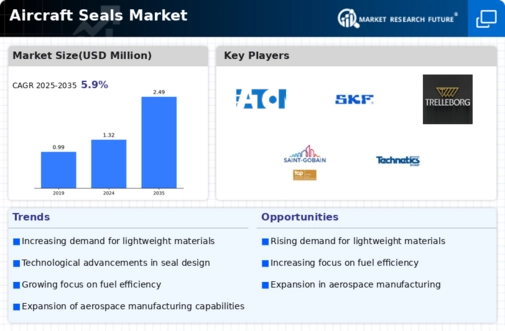
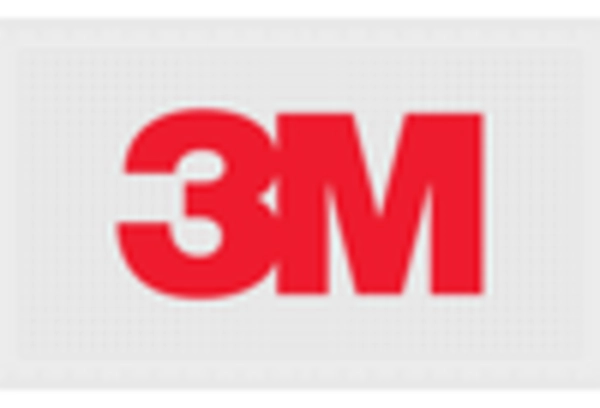
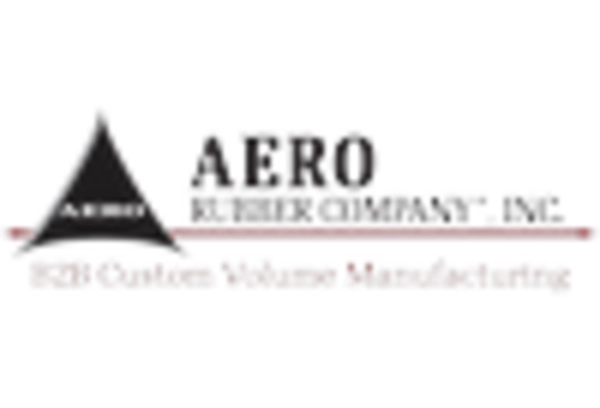
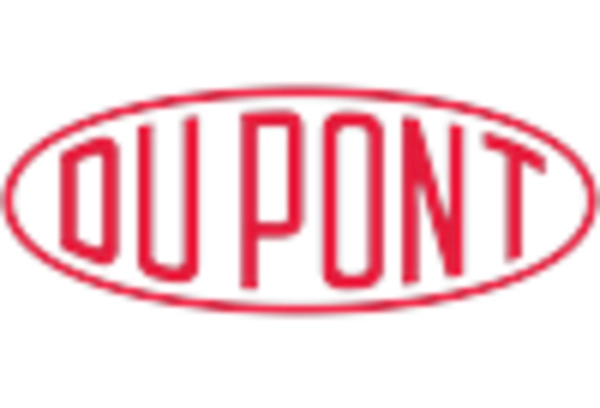
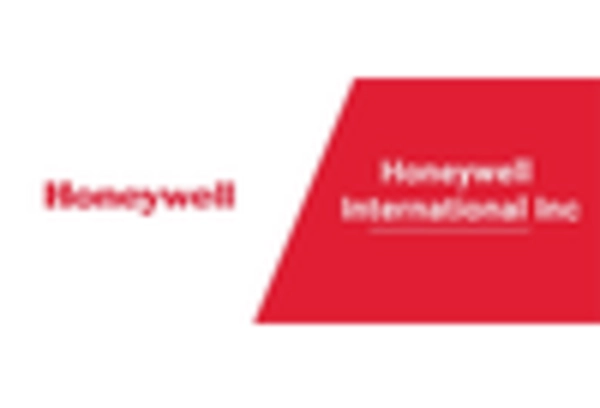
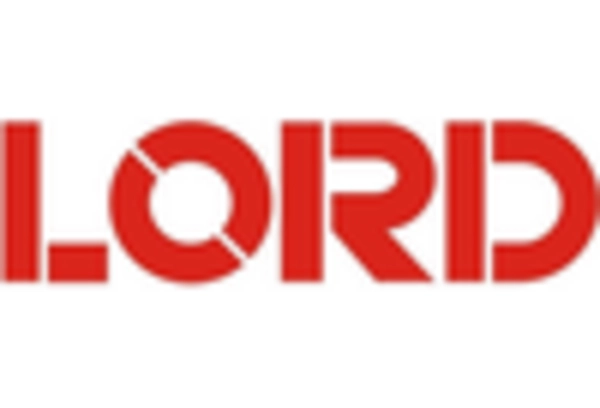
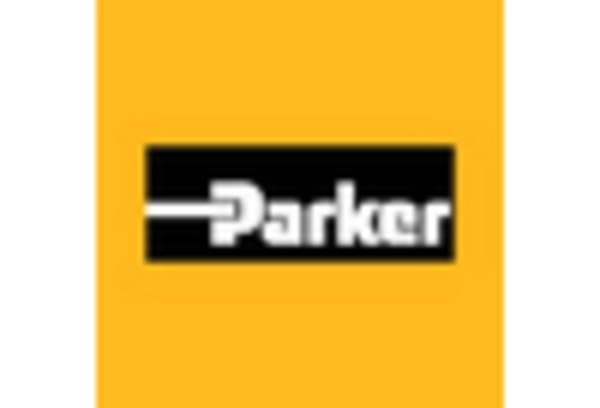









Leave a Comment